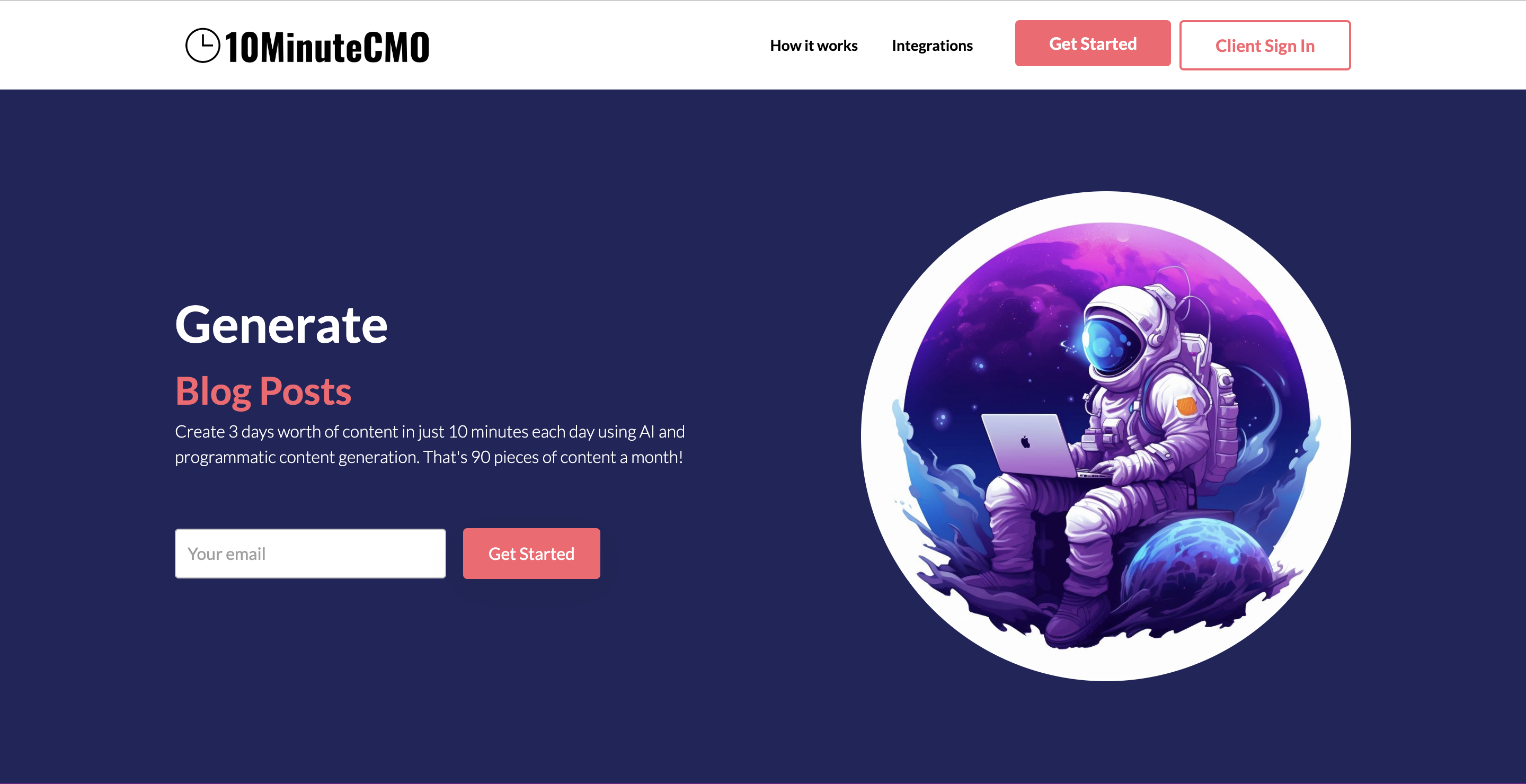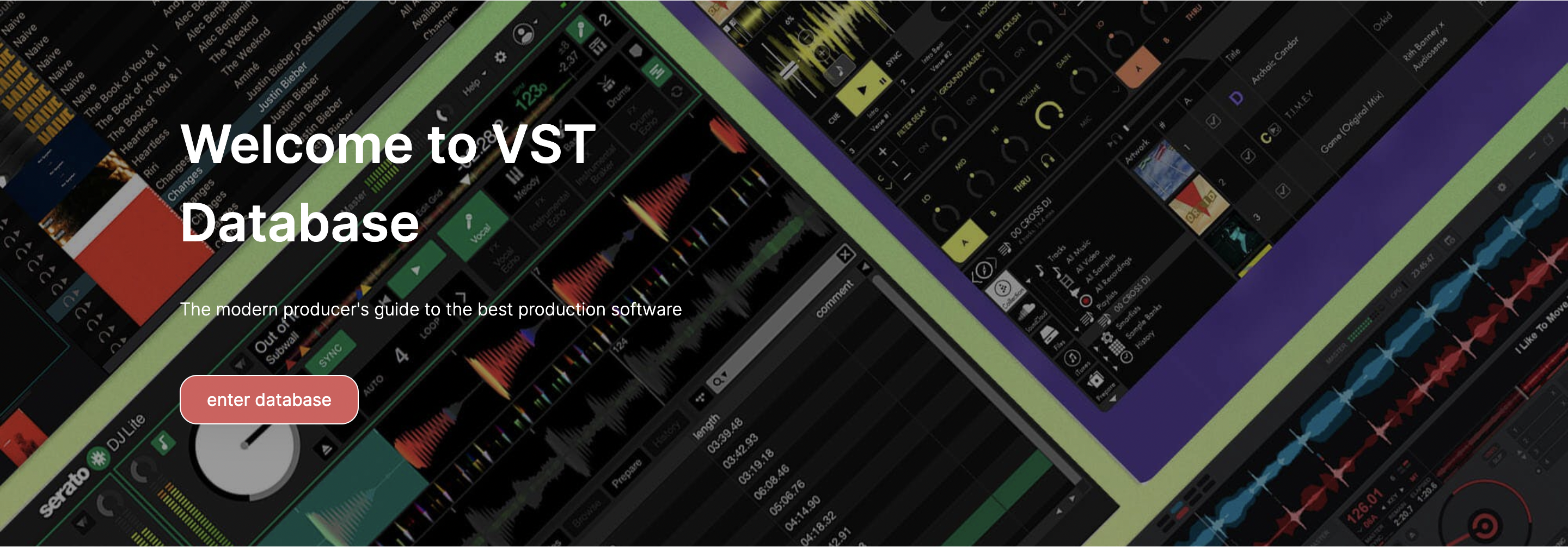SaaS Fatigue
Published on 10/10/23 by Billy Howell
Introducing the concept of ‘SaaS Fatigue’
I am coining the term “SaaS Fatigue”. It’s official, there’s too much software.
I run a small marketing agency called Owex Labs. I’ve consulted with startups on SEO, blockchain tech and business automations.
Every business has different software needs. But it takes too damn long to find the solutions.
It feels like you have to do hours of “pre-work” before you can get to the real work.
The problem is two-fold
- There’s TOO MUCH software to choose from
- The scope of each solution is too small
Most founders shouldn’t be burning hours determining which no-code platform integrates best with Google sheets.
Which automation software will let them combine PDFs the best.
I know what you’re thinking.
“Learn to code.”
I did! Frankly, I should probably code my own solutions more often.
This isn’t a “software is too expensive” rant. There’s just something smothering about building a business that’s reliant on SaaS.
What’s the solution?
Maybe it’s to code everything yourself. Or maybe it’s to be more systematic with your approach to system design.
Part 1: The SaaS Explosion
The Software as a Service (SaaS) model has transformed the way businesses operate, offering a plethora of benefits. It eliminates the need for hardware investment and allows for seamless scalability. With SaaS, updates are automatic, ensuring that users always have access to the latest features without manual installations. Moreover, the pay-as-you-go model has made it accessible even for businesses with a tight budget.
However, the allure of SaaS hasn’t just remained restricted to its benefits. The ease of creating and deploying SaaS platforms has led to an oversaturated market. Now, for every conceivable business need, there are multiple SaaS options available. It’s akin to an ‘app for everything’ era but for businesses.
Part 2: The Downside
Every silver lining has a cloud. With a myriad of SaaS offerings at one’s disposal, businesses find themselves juggling multiple subscriptions. While each service might seem economical individually, the cumulative costs quickly add up, particularly for smaller organizations.
Beyond the financial aspect, there’s a hidden cost: integration chaos. Many of these services might not seamlessly work together. That means, instead of streamlining operations, they could potentially add another layer of complexity. Duplications, data inconsistencies, or lack of data flow between platforms can disrupt business processes.
Part 3: The Driving Forces
So, what’s feeding this incessant growth? The rise of AI-assisted coding has lowered the barrier to software creation. With AI, even those with limited programming knowledge can develop sophisticated applications. Further fueling the proliferation is the vast number of open-source resources and educational videos available. It empowers more individuals to venture into the SaaS realm.
Adding to this mix are the no-code tools. These platforms empower individuals to create functional applications without writing a single line of code. The democratization of software creation has its benefits, but it’s also a double-edged sword, contributing to the SaaS deluge.
Part 4: The Real Cost
The financial implications are clear. While each SaaS might seem like a small drop, cumulatively, they become a financial drizzle. And as the subscriptions pile up, the time and effort spent on choosing, integrating, and managing these systems become a significant drain on resources.
But there’s another cost, often overlooked – the opportunity cost. For every hour spent evaluating a new SaaS tool, that’s an hour not spent on core business activities. The paradox is that while SaaS tools are meant to improve efficiency, the overwhelming choices and the resulting “SaaS Fatigue” can hinder productivity.
Conclusion
SaaS fatigue is real. It’s the overwhelming feeling stemming from an overabundance of tools meant to simplify business operations. While SaaS platforms undoubtedly offer advantages, the sheer volume and the ensuing chaos can’t be ignored.
Combatting SaaS fatigue requires a balanced approach. It might mean coding bespoke solutions, being highly selective about the SaaS platforms you adopt, or adopting a more systematic approach to your business’s software architecture. Remember, it’s not about having the most tools but having the right ones.
Written by Billy Howell
← Back to blog




